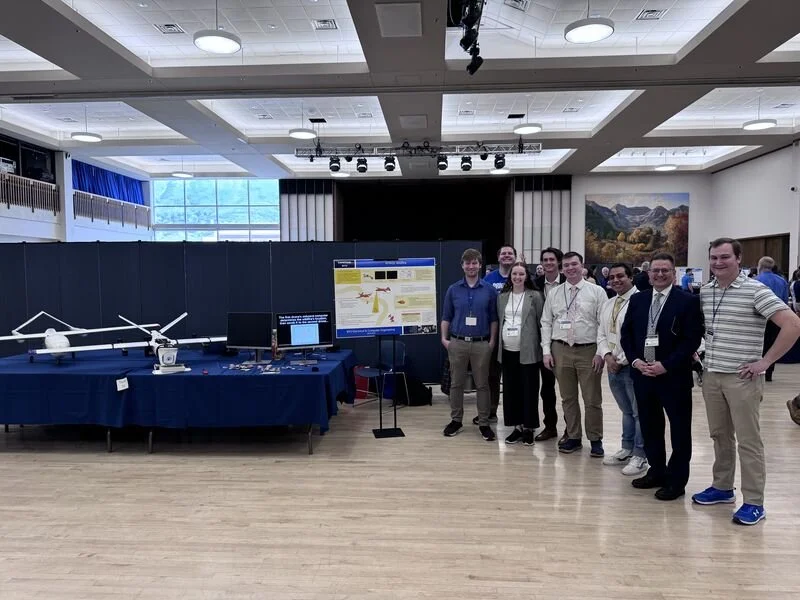Contact Us
Looking to Contribute Work?
We invite all people to submit engineering-design-related articles to the BYU Design Review. Each submission is reviewed by the Editorial Board before a publication decision is made.
WANT TO SHARE YOUR THOUGHTS WITH US?
offer FEEDBACK?
Send us your thoughts on the BYU Design Review and help us explore design together.
Still have questions?
Or just want to say Hello?
Please fill out this form, and we’ll be happy to get back to you.
BYU's Capstone Program reveals how thoughtful design transforms ideas into impactful realities. Learn 14 principles for product designers to create solutions that exceed expectations, from decoding customer needs and embracing systems thinking to iterating early, guarding against scope creep, and designing for manufacturability.
For student engineers, the process of gaining real-world experience through internships or part-time employment can be onerous and disheartening. By sharing my experiences in four student clubs, I hope to demonstrate the benefits of club involvement and communicate valuable lessons in team building, engineering skills development, and leadership.
Product development involves a lot of work. Making sense of what needs to be done and in what order, and how one bit of work on the team relates to another is a major challenge. This article describes three ways product development activities relate to each other. Understanding these relationships helps teams establish effective sequencing and timing for the work they do.
My particular legal field, real estate, requires me to work with engineers frequently. But let me be absolutely frank with you. When I am arranging settlement meetings, I will do all I can to avoid inviting engineers. I do love you guys. But these meetings are about compromise, and engineers struggle with that. Why?
It’s easy to get caught up in the mire of minutiae and forget to keep the end in mind. Here are some design principles that can help teams avoid common problems.
Seniors in engineering around the country are about to start their capstone experience. For many of them it will be the biggest project they have ever undertaken. As a previous capstone student and coach here are some tips to help you be successful.
Everyone needs collaborators to be successful in design, engineering, and life! Even the lone artist, scientist, and author eventually need collaborators to critique, distribute, buy, or share their work, regardless of how many hours are spent in isolation. Find out what Tom Kelley shares about being a Collaborator - the fifth face of innovation.
So many things contribute to the success of a team-based project. It’s pretty clear, though, that the team itself is one of them. Team composition, purpose, goals, approach, and team member behavior are all variables that can be tuned to get a high performing team. This article shares thoughts on each of them.
Almost all product development is done in a team setting, owing largely to the strongly held belief that the collective thinking of a group outperforms that of “the lone genius."








